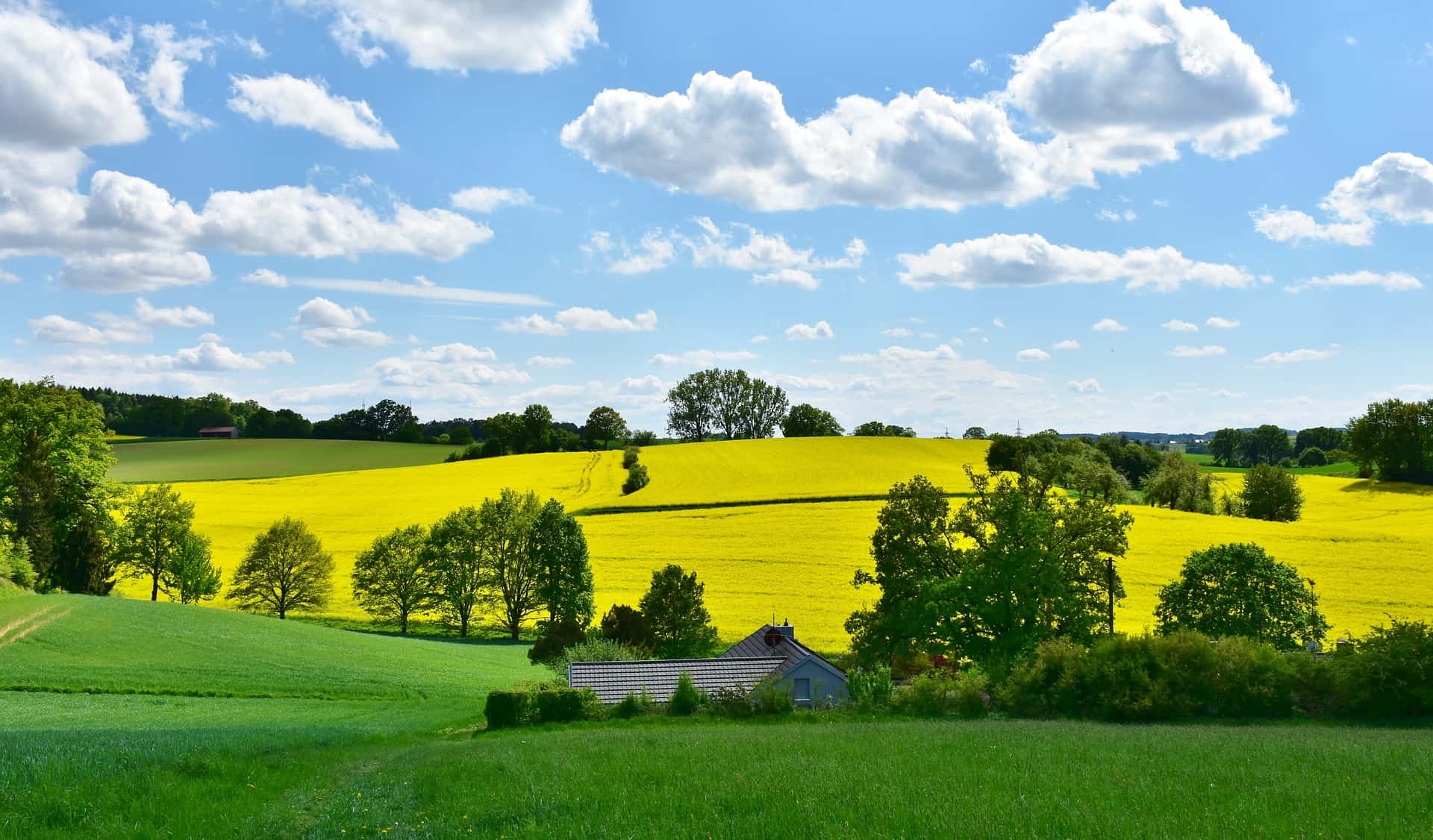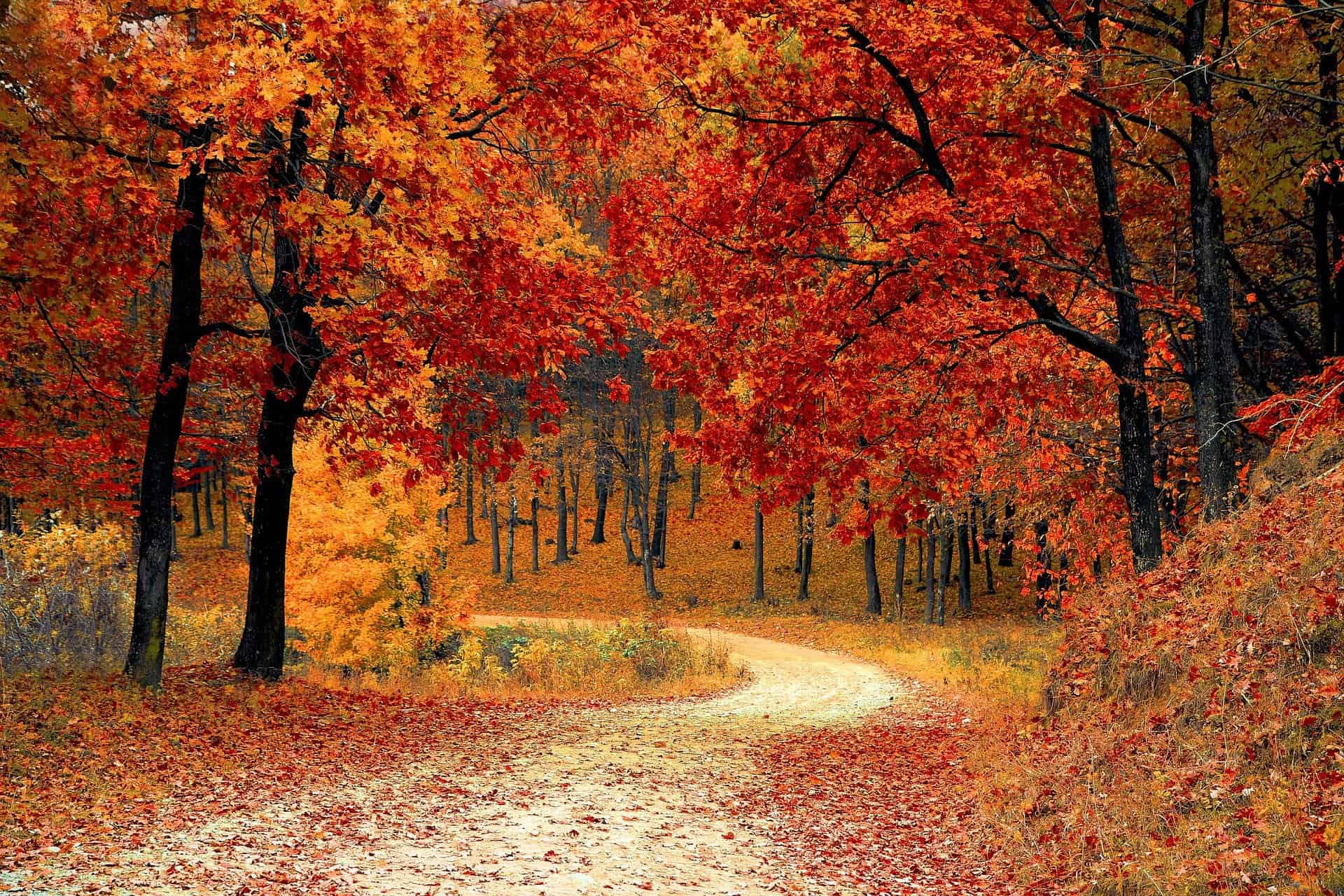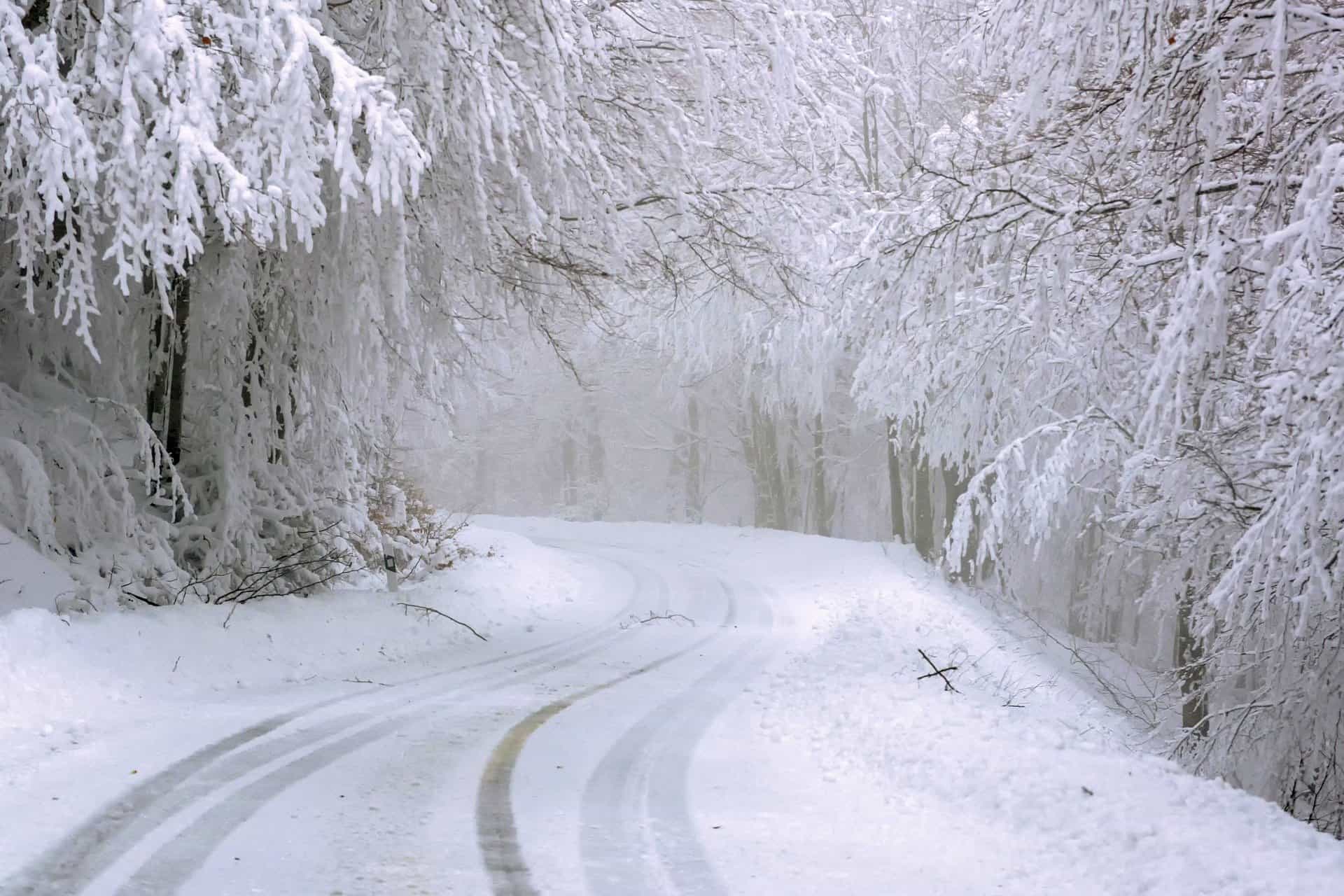What kind of person are you?
Advertisement - Scroll to continue
Choose a flower:
What fruit do you like the most?
What winter activity do you like the most?
What season do you hate?
Do you play any instrument?
Advertisement - Scroll to continue
Where were you on your last vacation?
In which month were you born?
Do you like to wear a hat?
What holiday do you like best?
What is your zodiac sign?
Advertisement - Scroll to continue
Do you have any siblings?
Would you like to have a pet?
What season is your favorite?
What drink do you pick?
What shoes do you choose?
Advertisement - Scroll to continue
What are you like?
What kind of headgear do you choose?
What is your favorite weather?
What color are your eyes?
Hello everyone! Today we meet to cover a more serious topic than entertainment. Let’s talk a bit about the seasons on our Earth. Depending on where you live, your country may have a different climate. Our entire globe is divided into three main climatic zones. They can be divided into smaller parts that have their own distinctive features. What is the classification of these zones? Let’s see.
First of all, there are polar and tundra. There are long, cold winters, and the temperature is below freezing. The ground is covered with ice most of the year. The conditions in this biome are too harsh to survive, so you can only find moss, algae, and lichen there when it comes to plants. However, many cold-loving animals can be found there. The other cold zone is the boreal forest. It stretches across much of northern Canada, Scandinavia, and Russia. For 4 to 6 months, the temperature is below 0. Most of this area is covered with coniferous forests. The mountains are the representatives of another specific climate. It also has a cold temperature, and it decreases with height. This climate is more humid and much windier than that of the lower zones.
Now let’s talk a little about the temperate climate and its forests. There are four main seasons, and the weather can be unpredictable. It rains and snows there, but the summers are usually warm. This biome is the second largest one, just behind the boreal forest. Temperate forests cover a few continents, so weather and climate can differ even tho they are in the same zone. In this climate zone, we can find different forests: deciduous, coniferous, mixed forests, and rainforests. Another type is the Mediterranean climate. You can also call it a dry summer climate, which is, as the name suggests, characterized by dry summers and mild, wet winters. Mediterranean climate zones are between roughly 30 and 40 degrees north and south of the equator.
The deserts, which cannot be forgotten, are characterized by a completely different climate from the zones above. They occupy as much as 14.2% of the Earth’s surface! Actually, there are hot desert and cold desert climates. The characteristic of this climate is more evaporation than precipitation. The bald, rocky, or sandy surfaces in desert climates hold little moisture and evaporate the little rainfall they receive. Hot deserts are among the hottest, driest, and sunniest places on Earth. Dry grasslands are a similar climatic zone. They are found in various environments, and the whole world they keep inside can prosper in distinct conditions. This zone is usually characterized by warm summers and cold winters. There is little rainfall there, so very few trees can grow there. Their soil is relatively dry and nutrient-poor but some low-growing plants can be found there.
Now let me talk about a more tropical climate. Let’s start with tropical grassland. This zone lies between desert areas and tropical rainforests. It is hot all year, but we can distinguish two seasons – dry and wet. The dry season comes during winter. Because of not enough water most plants wither and die. Some streams and rivers also dry up. However, in the wet season, all plants blossom, and rivers flow freely again. Now, the last zone we will discuss is the tropical rainforest. It is also called the jungle. It’s found in regions near the equator where it is hot and wet all year there. It is an evergreen formation. The climate there is regularly hot and humid. Thanks to such conditions, the vegetation is dense and lush. There is also no seasonal change in the way organisms function. There is a wealth of fauna and flora there. Its interior is very shady, so the shrub and undergrowth layer is poorly developed.
Here we have discussed various types of climate in different parts of the world and how it changes with the seasons. We learned how numerous conditions are present on our Earth. I used to think that there are always four seasons everywhere. However, this is completely not true. The climate is different in each place, and in the dry grasslands, for example, there are only two seasons – dry and wet. Considering what we learned about climatic zones, where would you like to live? What conditions make you feel comfortable? I think it is important to answer these questions.
Will you know more thanks to today’s text? I hope so. I have learned many fascinating things about our beautiful world. Now let’s try to find the answer to your question. So, which season of the year suits your personality? We have prepared twenty questions that you can answer. Then, we will show you your result. Do you expect what it will be? Now, no more talking. See for yourself if we guessed correctly.




